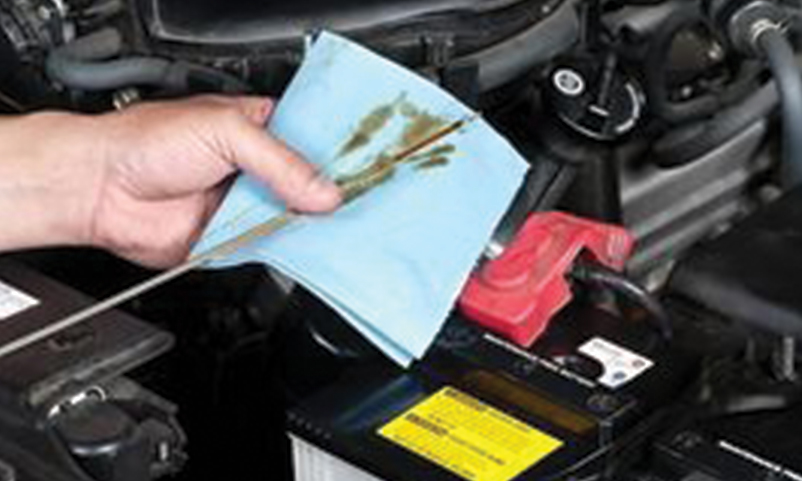Do you need help in understanding what an engine oils viscosity description means?
Perhaps you’re a person who hears other people speak about viscosities but you do not understand what the notation means.
Here is a guide:
Let an SAE: 10W40 API: SN/CF be the example. Industry, including customers have long adopted the SAE – Society of Automotive Engineers standards for motor oil with an alpha/numeric numbering system that reflects the suitability of an oil for use as an engine’s lubricant. The letter “W” stands for Winter. [Sometimes erroneously referred to as “weight”. Viscosity is not a dimensional measurement.]
The first number:
For the purpose of description and understanding, the numbers represent the “thickness” of an oil at a certain temperature. The first number represents the thickness of the oil at ambient temperature at startup. In this case, the lower number means a thinner oil would see the oil flow more quickly to critical components compared to other viscosities, such as 15W, or 20W. The winter designated grades are related to the starting and pumping characteristics of the oil, hence they are important so as to enable optimum flow to occur to enable critical components in an engine to receive adequate lubrication in the startup phase.
The second number:
The number after the “W’ is the viscosity of the oil at operating temperature. The higher the number the “thicker” the oil film at operating temperature.
API: SN/CF stands for ‘American Petroleum Institute’, which is a governing body that sets the performance level of the lubricant which is determined by the additive package used in formulating the engine lubricant.
SN is a petrol engine oil rating. The ‘S’ stands for Spark Ignition while the ‘N’ represents the performance level the lubricant will perform to. CF is the diesel engine oil rating. The ‘C’ stands for Compression Ignition, while the ‘F’ represents the performance level of the lubricant when applied to a diesel engine.
Manufacturers’ recommendations must also be taken into account as the descriptions above provide an understanding of the notation system in general.
There are many different viscosities ranging from 0W TO 25W and onwards to SAE 60 or even SAE 70. OEM Original Equipment Manufacturers generally state what ratings and viscosities they prefer to be used in their engines. They are listed in respective vehicle manuals.
For further enlightenment, please refer to our Service Classifications page.
Gear and Hydraulic Oils have different viscosity ratings when compared to engine oils.



0 Comments